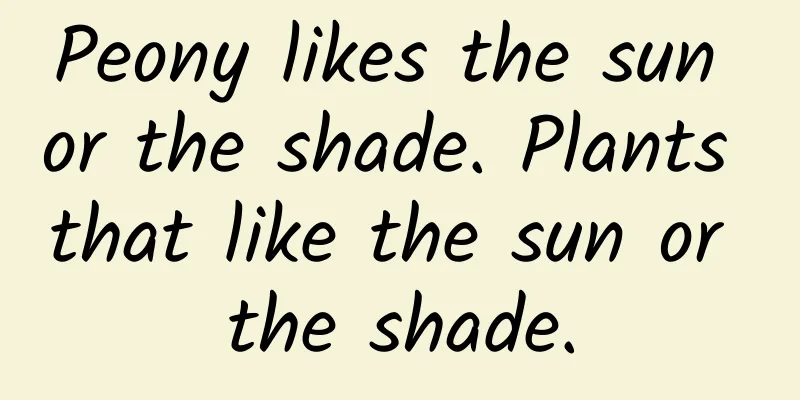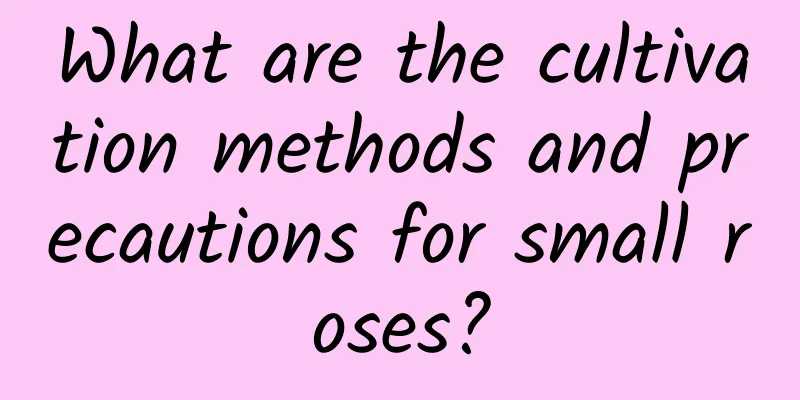The difference between the Fallen Flower Dance and the False Epiphyllum

The blooming period of the Fallen Flower Dance and the False Epiphyllum is differentThe Dancing Flower usually blooms in May and June. False Epiphyllum usually blooms in April and May. Of course, if you plant a pot of false epiphyllum and a pot of falling flower dancing on the balcony, they may bloom at the same time at the end of May. How do you distinguish them? The flower shapes of the Fallen Flower Dance and the False Epiphyllum are differentThe plant of Dancing Flowers is multi-branched and grows in a clump-like shape. The leaves are thick and fleshy, usually with 3-5 ribs, but can also be flat or irregularly angular, with purple-red edges. Its flowers are smaller and the receptacle is four-sided. The flower tube is short, the petals are single-layered, and the petals are arranged regularly and neatly. The flowers are pink and very similar to those of the false epiphyllum. They are difficult to distinguish but can be more accurately identified by looking at the nodes. The petals of the false night-blooming cereus are pointed, thin and straight. When it blooms, the petals spread out evenly in all directions, shaped like an open umbrella, and the petals are regular and neat. The flower tube is relatively short, and the flower colors are mostly pure red and pink. The edges of the nodes are rounded and green, the stems of young leaves are purple-red, and gradually turn green with dark red edges when they grow up. The colors of the Fallen Flower Dance and the False Epiphyllum are differentThe Falling Flower Dance has many colors and a fresh fragrance. The flowers of the false night-blooming cereus are generally bright red and have a light scent. The stem nodes ( leaves ) of the Fallen Flower Dance and the Pseudo-Epiphyllum are different.The nodes (leaves) of the Dancing Flower are ridge-shaped, usually with three or four edges, and no more than five edges, and the edges are also purple-red. Under grafting conditions, thicker, flatter nodes may appear. The nodes (leaves) of the pseudo-Epiphyllum are flat and oval, with smooth edges and purple-red color. |
<<: The cultivation methods and precautions of the Falling Flower Dance
>>: The difference between Falling Flower Dance and Christmas Cactaceae
Recommend
Pinellia ternata planting conditions, growing environment and region
Introduction to Pinellia Pinellia ternata is also...
Cultivation methods and precautions of red flower
1. Soil The red flower genus is very resistant to...
Cultivation methods and precautions of butterfly dendrobium
1. Maintenance methods 1. Soil: Butterfly Dendrob...
How to plant chrysanthemums? Planting time and method
Chrysanthemum planting time Generally speaking, c...
If you don't grow hydrangeas this summer, it will be a waste!
Hydrangea Varieties Hydrangeas change color with ...
If you plant longevity flowers till the end, you are also a master of flower cultivation
Kalanchoe Seeing so many Kalanchoe flowers bloomi...
How to grow yellow eggplant
1. Soil When planting yellow eggplant, choose fer...
How to propagate Lycoris
Seed propagation of Lychnos Lycoris radiata can b...
How to trim the smooth sailing
When to prune the smooth sailing The lucky charm ...
Are tulips appropriate for Christmas?
1. Is it appropriate to give tulips as gifts at C...
Hops cultivation method
Hops growth requirements illumination Hops partic...
Can a bayberry tree be planted at the doorstep?
Can bayberry trees be planted at the doorstep? It...
Can orchids be grown on weathered rocks?
Can orchids be grown on weathered rocks? Orchids ...
The growing environment and local conditions of mugwort
Mugwort Growth Environment and Conditions Mugwort...
Illustration of the root pruning method of Jingye
Quiet Night with Old Roots The newly pulled out q...









